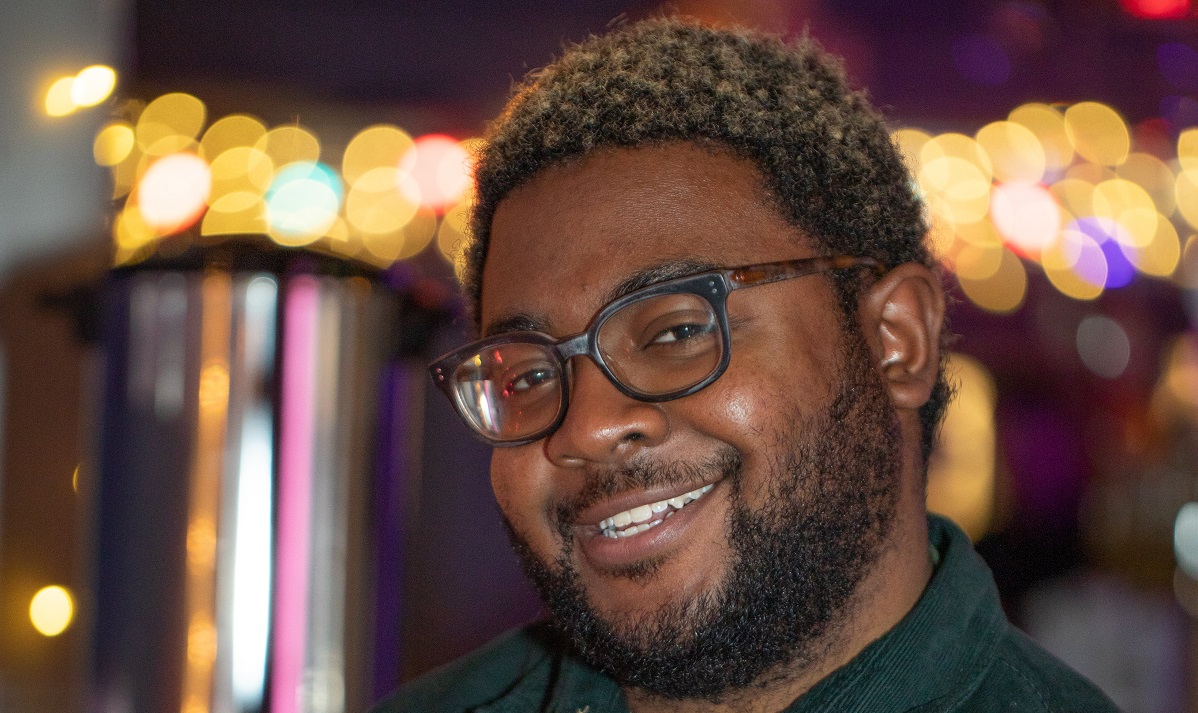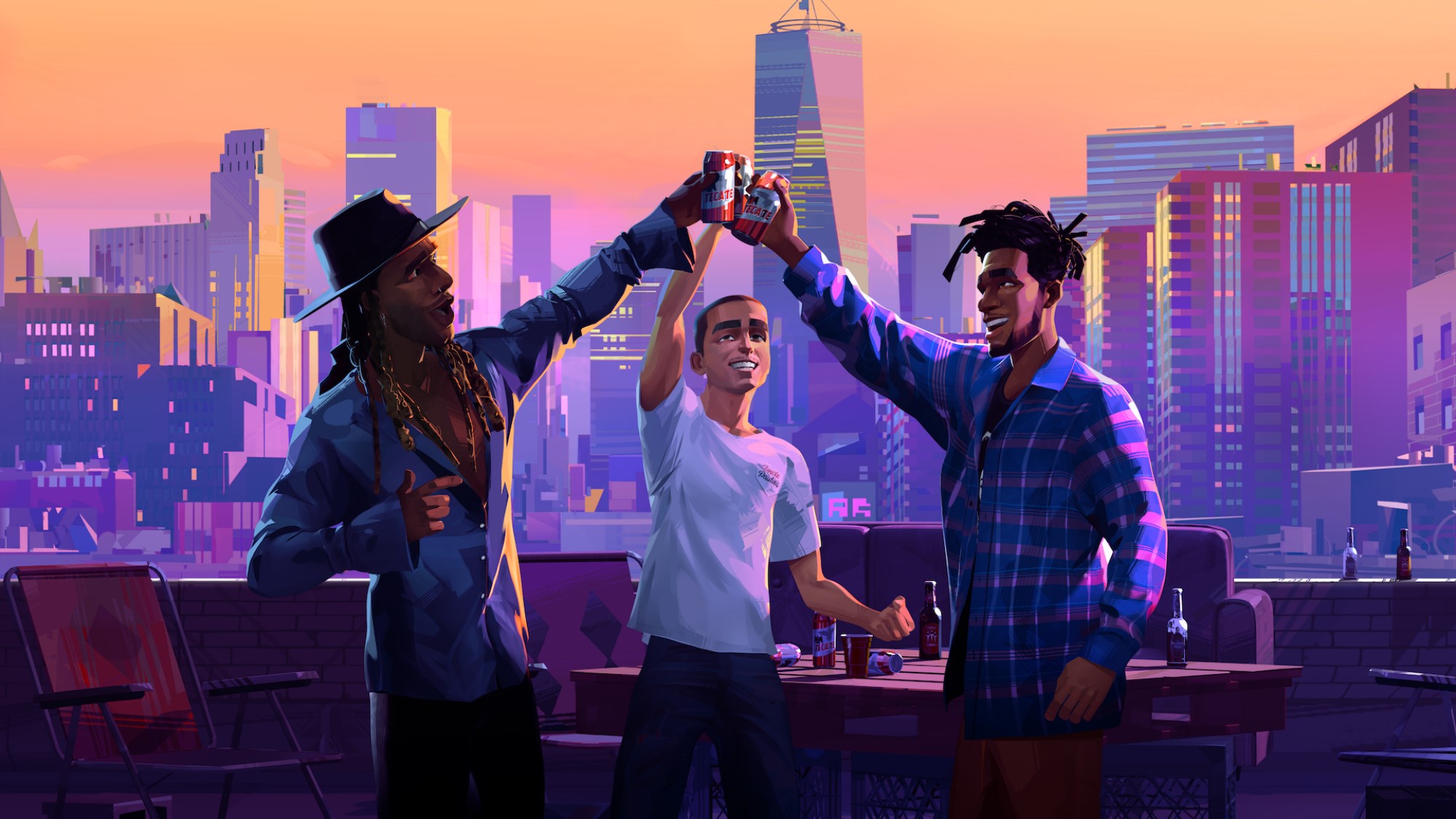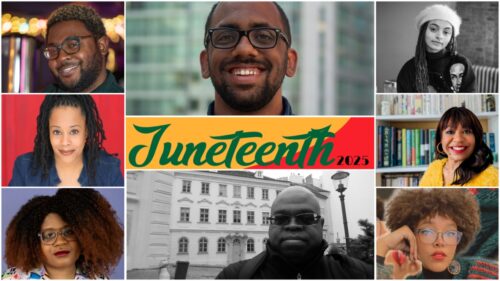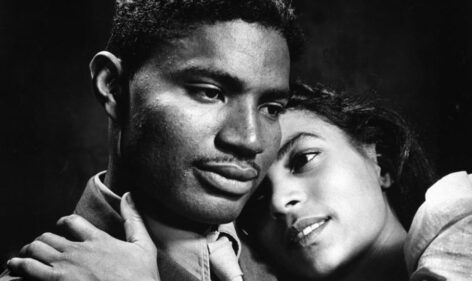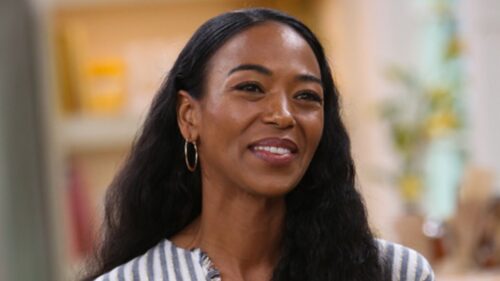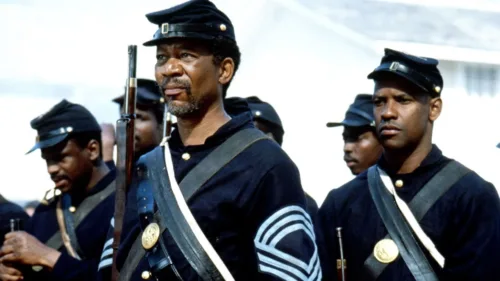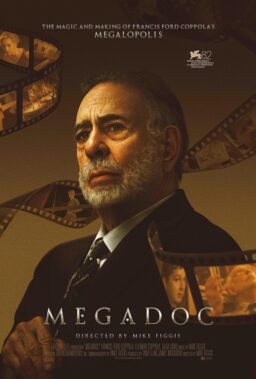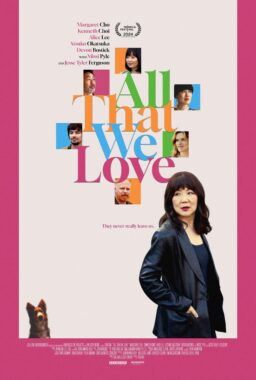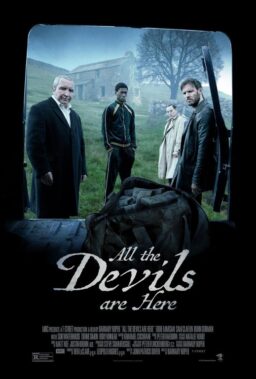Growing up as a big fan of animation, I gravitated toward projects featuring Black people from different walks of life in leading roles across multiple genres. During my youth, there was a brief time—emphasis on brief—when Black animation representation had variety and quality.
Some of my fondest childhood memories were coming home after a long day of elementary school and turning on the TV to watch new episodes of “Static Shock” on the Kids WB afternoon block. Watching Virgil Hawkins (voiced by Phil LaMarr, who appeared in every Black cartoon or provided voicework of quirky Black characters) juggle life as a high schooler and electric-powered superhero fighting colorful supervillains made me feel like I could accomplish anything. Long before Miles Morales came on the scene, Vigil held down the fort as THE Black animated superhero kids looked up to.
I grew up with an antenna television (remember those?), which meant I often had to wait till the weekend to watch all the cartoons I wanted. Usually, I would tune into the Disney-owned ABC Kids block, which consisted of two Black-led animated shows: “Fillmore!” and “The Proud Family.” “Fillmore!” was an underrated police procedural parody about a middle-school safety patrol officer who solved cases.

“The Proud Family” was the first Black sitcom Disney series. It was progressive when discussing social themes about class and discrimination and even shed light on historical topics of Black-American culture that taught me a thing or two. Sugar Mama dating a Tuskegee Airman taught me more about the Tuskegee Airmen than “Red Tails” did and under a shorter runtime. “The Proud Family” was authentic and thoughtful in its social commentary and proudly Black in its pop cultural references. The effectiveness of “The Proud Family” also speaks for itself through the revival series “Proud Family: Louder and Prouder,” which recently was renewed for a third season.
Like “The Proud Family,” “Static Shock” was also a Black animation milestone and marked the first broadcast cartoon about an African-American superhero. Existing around the airing of those three shows was both validating and inspirational.
Sadly, the late 2000s arrived, and all those shows were either canceled or naturally ended—mostly the former—and kids like me got left with scraps. After Andre 3000’s short-lived musical comedy “Class of 3000s” closed up shop as the final remnant of Black cartoons, kids entered a dark age unless their parents let them watch “The Boondocks” on Adult Swim because it was the only Black animated show then. If they didn’t, you were out of luck. While cartoons that positively depicted Black characters existed, they were always limited to the supportive best friend role as if it was a biblical requirement.
With the scarceness of shows with Black leads, I had grown an appreciation for the ones of yore. That gratitude strengthened thanks to my mom, who inadvertently taught my sister and me the poor history of Black portrayal within the medium. After the Saturday Morning Cartoon era fizzled out, my mom would entertain my younger sister and me with bootleg-looking DVDs she got from the supermarket titled “Toon Factory.” Cartoons on the discs included classic Max Fleischer, Popeye, and Looney Tunes/Merrie Melodies cartoons. None of us knew the Looney Tunes cartoons featured were from the “Censored Eleven” collection (AKA, the straight-up racist shorts).
One such cartoon that always stood out was “Jungle Jitters” from 1938. The provocative short follows a dog-man salesperson who goes to Africa for business but encounters a tribe of hungry minstrel-esque African natives. Every African character’s design resembles monkeys, and so do their actions. To say “watching ‘Jungle Jitters’ as a kid was a rude awakening” would be an understatement. I remember getting simultaneously furious and confused. Above all else, I felt a gut, grievous loss for Black kids around the ’30s, who never only had “Jungle Jitters” and every other offensively racist cartoon.

Around “The Princess and the Frog” release in 2009, there were waves of excitement among the middle school kids and my younger sisters. Disney was inducting Tiana cast members into the Disney parks, and Black girls were interviewed on news channels, discussing why they were excited about Princess Tiana.
We were promised a movie about an African-American woman from New Orleans becoming a princess, a progressive advancement for representation … and she was a frog for most of it. Great. “The Princess and the Frog” was the third Disney movie that decade that a lead character of color (Kuzco, Kenai, and Tiana) magically transforms into an animal. Although I would love to count my blessings that a Black Disney princess even existed, it wasn’t enough to justify the poor story choices that made the film a letdown.
As I entered adolescence during the 2010s, my longing for representation widened, eventually influencing how I traversed the world. When I hit high school—which was, all things considered, pretty diverse—I wound up becoming a side character myself. I latched onto my Hispanic best friend, whom I let make all the decisions while I provided constant comic relief. When people saw us, they would address him first before me. I was inclined to keep my head down and do my own thing in silence.
Being the Black sidekick is what I saw in the animated media I consumed. Meanwhile, all I wanted to see were Black characters of all ages embark on quests larger than what little society provides us. I wanted to see us go on mystical quests across a fantasy realm, befriend giant monsters, become wizards in training, or go to a chocolate factory and become winners of a horror-induced contest.
During the 2010s, adult animation was the only place Black animated shows were welcomed, specifically under Adult Swim. Aaron McGruder’s hilarious satire “The Boondocks” was one of the block’s most popular marquee titles, the television adaptation of the Blackspoitation parody film “Black Dynamite” became a cartoon, “Mike Tyson Mysteries” was a funny riff on Scooby-Doo, and musician Tyler the Creator made his mark with “The Jellies.” While there was variety, hardly any of those shows ran in conjunction with each other. At the 2017 San Diego Comic-Con, Tyler the Creator discussed the lack of Black representation when asked why his lead character Cornell went from white in the shorts to Black on the show. He replied:
“How many Black cartoon characters are on TV right now? Name five. I’ll give you time. No cartoons. It is none. They cancelled Static Shock. Nobody remembers Fillmore. So I said [bleep] that, we about to make them Black. He ain’t got no guns, he ain’t shooting no basketball, and he’s a goober, and we gon’ put him on TV. And he’s the lead character, he ain’t the comic relief, he ain’t the sidekick, he’s lead.”

The following year, Sony Pictures Animation released “Spider-Man: Into the Spider-Verse,” which changed the game. Besides being a breathtaking, stylish film that called for more visual variety in the medium, it wove a tight-knit message about how anyone from any background can become Spider-Man.
Because of “Spider-Verse”‘s success, we’ve seen a major boom in animation. Now more than ever, Black animators, writers, creators, and directors are in the rooms they want to be in and are enlarging the pool with an assortment of shows, short films, specials, and films, aimed toward multiple demographics. Just this past February, we saw the release of “Proud Family: Louder and Prouder,” the beautiful, kaleidoscopic, CG sci-fi action series “My Dad the Bounty Hunter,” and the delightfully charming and colorful 2D-animated superhero cartoon “Moon-Girl and Devil Dinosaur.”
Adults are still getting their fix, too, through various options. This past year, Netflix released Kid Cudi’s “Entergalactic,” an adult long-form rom-com that bridges “Spider-Verse” aesthetics and a classic Nora Ephron film but for Black millennials. They also released the anime “Yasuke,” which followed a Black samurai.
While “Spider-Man: Across the Spider-Verse” is currently in theaters and swinging the medium higher, the future grows brighter. In the next few weeks, Disney+ will release an afro-futurist anthology series called “Kizazi Moto: Generation Fire,” where animators from different African countries share a short sci-fi story in a distinctive animation technique ranging from 2D to 3D. Then this fall, “Young Love,” the series based on Matthew Cherry’s Oscar-award-winning short “Hair Love,” hits Max.
There has never been a time when Black animated shows aimed at kids and adults existed with this range. Kids can choose between dozens of cartoons that will inspire them to break beyond societal barriers and reach for the stars. Kids these days can see themselves through “Craig of the Creek,” where they can be natural-born leaders, or either “Proud Family” iteration to learn about relevant Black social topics and history, or “Moon Girl and Devil Dinosaur” to be inspired by Lunella Lafayette’s heroism.
It’s such a relief to know that with this amount of content existing within the medium today, I don’t get too sad when a show ends because there’s always one around the corner to look forward to. I know it’s never stopping again. The disparity between animation nearly a century ago to what it is today has massively evolved to the extent that it’ll make every animator who worked on the censored eleven roll around in their graves. So you know they’re doing something right.
